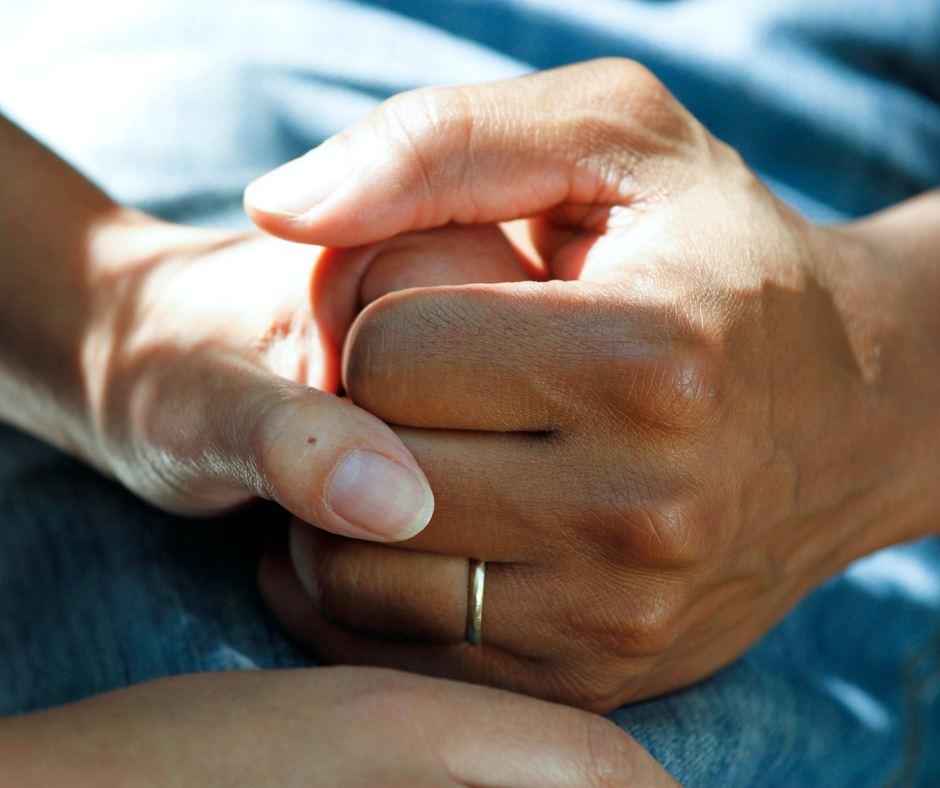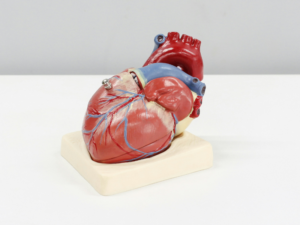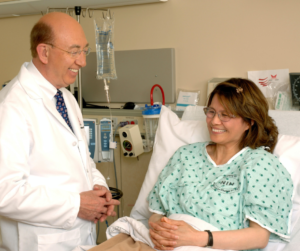Several months ago, I went to my primary care physician for the management of high blood pressure. As a medical professional, and an otherwise healthy young adult, I did not like just settling with the diagnosis of idiopathic hypertension. I wanted to find the underlying cause. Thankfully, with the knowledge that I received in my medical training and access to plentiful scientific literature, I was able to be more informed about my health and come to some conclusions. This experience made me think about our patients, many of whom do not have ready access to this medical information. According to the National Assessment of Adult Literacy in 2006, only 12% of Americans have proficient health literacy. This number may be even lower with regards to oncology literacy, due to the more rare, complex, and innovative nature of the field. However, I would suggest that our patients deserve a higher amount of health awareness, especially with the horrifying diagnosis that cancer can be and the often harrowing treatment courses through which our patients go.
Yet, it does take significant effort on our part. It is more than skimming over a consent form with or providing reading materials to patients. Those practices are necessary, but they themselves do not ensure that the patient fully understands or is able to apply the information to their own situation. Patient education and empowerment are more than just providing facts; it is creating an environment in which the patient can learn medical information and feel capable to participate in shared decision making. This allows them to regain control of their lives, after being shaken by a serious diagnosis.
Accomplishing this goal takes the patient’s care team knowing the individual patient well, to help the patient apply the information to their own life and make the best choice for themselves. Of course, we as medical providers have a duty to inform our patients of all treatment options and to work in their best interest. However, this should also be balanced with respecting their right to understand their health and their right to autonomy in making decisions. All of this is not possible without the patient’s buy-in. Therefore, we must create situations in which patients can be engaged in their own health, while also empowered to focus on maintaining their quality of life.
Nonetheless, implementing patient education and empowerment in the ever-busier clinical world can seem like an overwhelming feat for medical professionals. Cancer pathophysiology and treatments are very complex and difficult to explain in short office visits. Additionally, there is barely enough time in the day to see patients, follow up on others, and other responsibilities. However, in my humble opinion, we should not allow these aspects of our jobs to force us to sacrifice supporting our patients’ ability to be more in control of and to take a greater partnership in managing their health. Also, these practices have been correlated with better patient outcomes and lower healthcare costs, which can improve the quality of our healthcare system.
Interestingly, there are many tools out there to help us in reaching this goal. As mentioned, effective educational tools are integral to this process. Creating simple, easily readable resources with the most pertinent information for the patient can facilitate learning. Also, employing the “teach-back” method, by which the patient explains back to the medical provider what they understand about their diagnosis, treatment, prognosis, etc. can ensure that the patient absorbed the information well and that they can apply it to their own situation. Other useful techniques include Cognitive Behavioral Therapy and Motivational Interviewing, which assist the patient in coping with their health situation and making concrete changes to accommodate to their new way of life. There are many additional resources designed for patients dealing with specific cancer types and the various symptom, side effect, and survivorship issues that they may face. I would highly encourage you to find some to apply in your own practice.
So, as we continue to forge new paths in the field of oncology, let us not leave our patients behind. Let us accompany them on their medical journeys, by educating them well and empowering them to live a good life, despite their diagnosis.

Jonathan Cunningham, MPAS, PA-C
Physician Assistant – Lymphoma-Myeloma Department – MD Anderson Cancer Center







